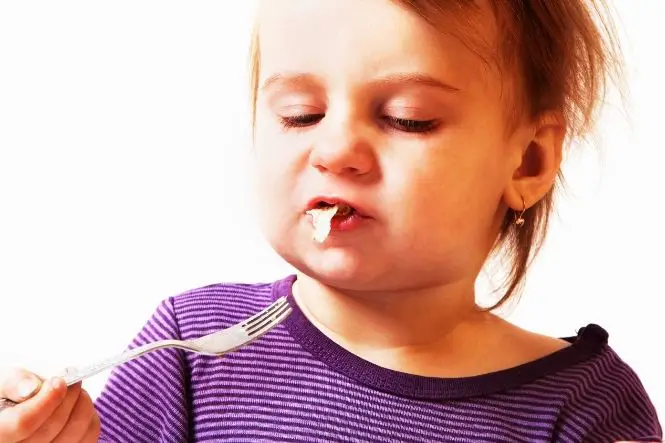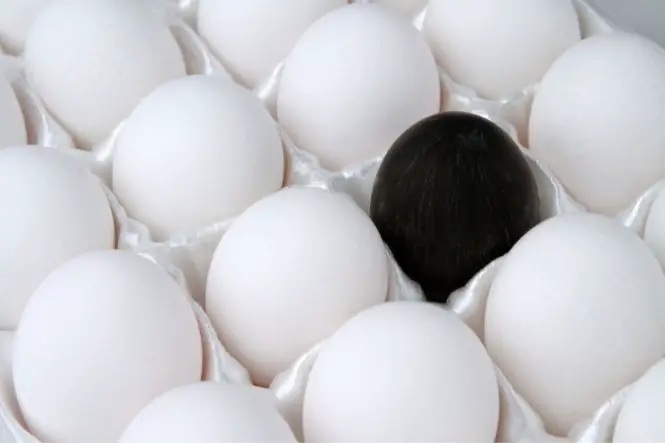Think about the best food ever – perhaps a really good piece of chocolate cake – and remember what it tastes like and what it smells like. And then imagine what it would be like not to be able to smell it. Would it taste as good? Like the sense of vision, the sense of smell (see ‘The Effect of Colour on Taste and Appetite’) affects the taste of foods.
A lot of the sense of taste actually comes from the sense of smell, as shown by the fact that a lot of people with no sense of smell say that their food tastes bland. People can detect over 10,000 different smells, and smell the food before they eat it, and then as they chew, more of the smell of the food moves from the mouth to the nose.
How Does Smell Work?
Smells are carried into the nose as air is breathed in, where they set off the olfactory receptors, which are on the olfactory epithelium, at the top of the nasal cavity behind the nose. There are about 10 million olfactory receptors, and these send messages to the olfactory bulb, at the front of the brain.
Losing the Sense of Smell
Colds and sinus problems can cause temporary anosmia (lack of sense of smell). Some people lose their sense of smell long-term or permanently, perhaps after a head injury, as part of a degenerative brain disease like Parkinson’s or Alzheimer’s disease, through smoking or a viral infection, following some drug treatment, or with old age. About 30 or 40% of people who have anosmia through head injury do recover part or all of their sense of smell.
The loss of sense of smell and taste doesn’t seem that important – but often the first way that people now decide whether food, like milk or yogurt, is off, is through its taste and smell, so not having a sense of smell and so a poor sense of taste could mean eating food that has gone bad.
Pregnancy can heighten the sense of smell, perhaps helping pregnant women to keep their unborn babies safe by avoiding food that has gone bad.
Testing It Out
Get a selection of sweets that look the same but have different flavours, such as jelly beans, fruity boiled sweets or fruit chews. With closed eyes and a blocked nose, taste the sweets one by one – do they taste different? Which flavour is which? Is there one flavour that’s easier to recognise than any of the others?
Try the sweets again with closed eyes while smelling vanilla extract – what do the sweets taste of? Which flavour is which? Is there one flavour that’s easier to recognise than any of the others? Is it the same as before? Try eating something without much flavour, while smelling the vanilla – for example a small piece of raw potato. What does it taste like?
Try the sweets again with closed eyes but an unblocked nose and no other smells – was it any easier?
Because taste is so dependent on smell, it can be hard to identify different flavours with no help from the smell. Sniffing a strong, sweet smell like vanilla can trick the brain into thinking that it is tasting something vanilla-flavoured.






